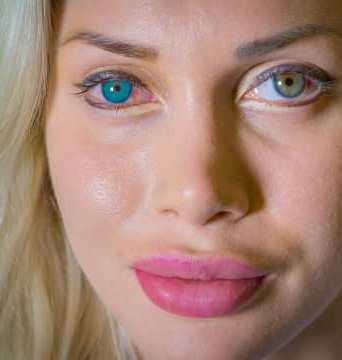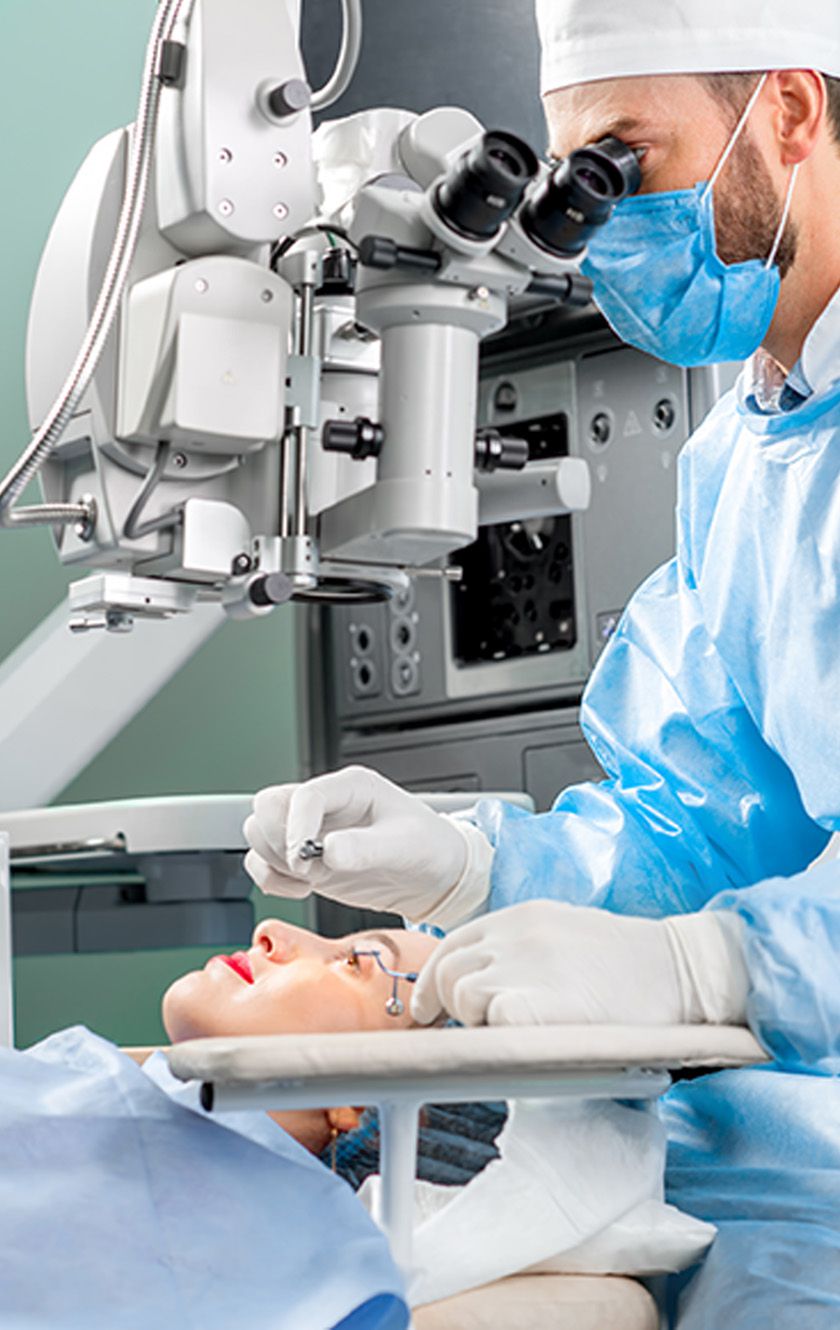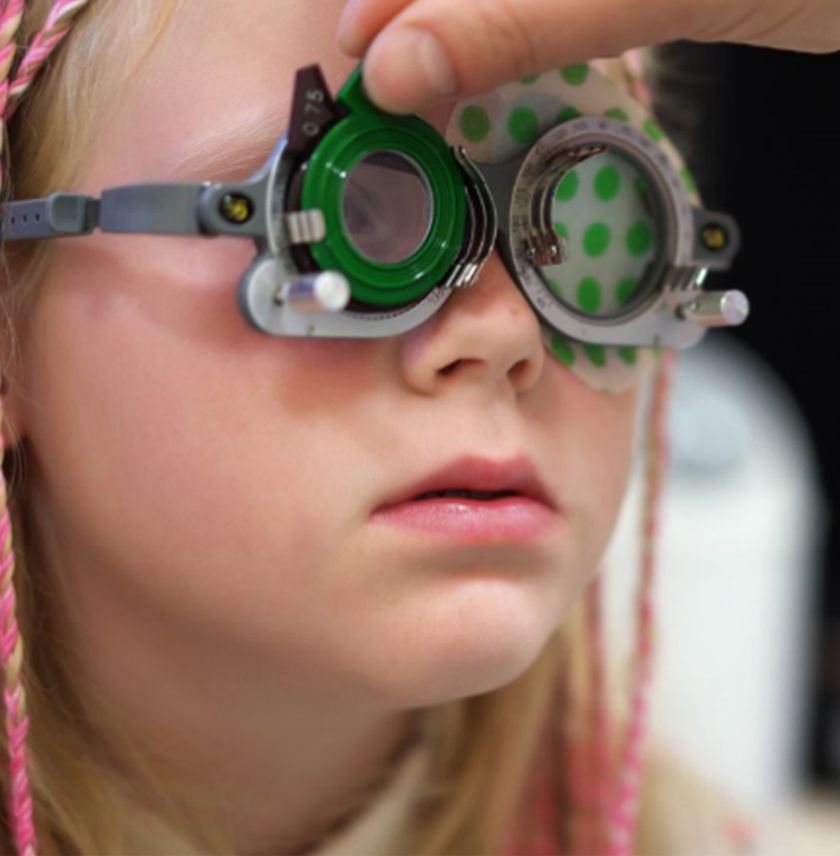

Many Africans have been following the trend of medical tourism and travelling to countries like India in search of modern eyecare treatment with advanced medical facilities. Patients from countries such as Kenya, Congo, Ethiopia, and Nigeria visit for top-quality medical and eye treatments, including eyelid ptosis treatment in India. The main reason is that India provides a combination of high-level healthcare and cheap costs that other nations fail to offer.
Compared to other popular medical tourism countries like Thailand, Turkey, and the USA, among others, India has always stood out as having the best value for money in terms of the utilisation of variety of surgical treatments along with state-of-the-art clinics for eyelid ptosis treatment available there. For instance, from heart procedures to more complicated procedures like treating ptosis of eyelid, India seems to have it all for most African clients seeking top-notch services while cutting down transport expenses.

Ptosis of eyelid is drooping of the upper eyelid. This kind of problem may appear in just one of the eyes or both at birth (congenital) and afterwards in one’s life (acquired). Many people see ptosis as one of those cosmetic concerns, but when an individual has it, it affects their eyesight when their eyelids lean against some portions of the cornea.
Here, children who suffer from ptosis are born with a malfunction in the muscles that lift their eyelids. Congenital eyelid ptosis may require surgery for effective correction, especially if it blocks sight.
Acquired ptosis droopy eyelid develops later in life and can result from various causes. It includes ageing, injury, or certain medical conditions.
Signs and symptoms of ptosis droopy eyelid range, depending on the severity level. Common ones consist of:
Several factors can be the cause of ptosis of the eyelid, for example:
Congenital eyelid ptosis is a result of the poor development of the muscles that help raise the upper eyelid; this category is usually passed down through families and might also involve issues like amblyopia, which is also called the lazy eye.
The older you get, the higher the chances are your eyelid elevator muscles and tendons could start sagging, leading to ptosis. It’s this kind of ptosis that many adults know as aponeurotic ptosis due to its prevalence among them.
Any harm to the nerves employed in controlling eyelid movement can result in neurogenic ptosis development; some diseases lead to this kind of eyelid sagging like Horner’s syndrome or a lesion at the third cranial nerve.
Diseases affecting the muscle tissues cause myogenic ptosis because they make the muscle weaken. Most of the time, myasthenia gravis, which is an abnormality affecting both the muscular and neural systems of humans, is considered a common cause of ptosis of the eyelid.
Mechanical ptosis results when one's eyelids are totally or partially paralysed following acute damage on either the eye or eyelid, such as in surgeries.
Eyelid ptosis treatment offers several benefits, particularly for those with impaired vision. Some of the major advantages are:

■ Better Eyesight: Surgery for droopy eyelids helps to lift the sagging lower eyelid so that the person sees better.
■ Enhanced Appearance: In addition to these facts near you, repair of ptosis can produce a more alert and younger-looking face while eliminating the tired drooping image that often accompanies this condition.
■ Less Eye Stress: After the droopy eyelid treatment, patients usually experience strain-free eyes and less pain.
■ Increased Confidence: Such patients usually feel more confident in themselves since they have had it fixed. This makes them look different.
CureIndia is an online platform that assists you in choosing the right medical facility performed by the best medical specialists. The majority of the doctors in our association are globally trained. They are professionals who are highly experienced, knowledgeable, and skilled. Most of them are active members of many international medical councils and associations. Let us hear from some of the most reputed eye doctors for Ptosis in India about eyelid ptosis treatment in India:





The cost of surgery for droopy eyelids is cheaper in India as compared to, say, the USA or UK when you look for ptosis surgery here. The cost difference can be significant between these countries when it comes to ptosis surgery. The average cost for ptosis treatment varies from $800 to $2000 depending on how complicated they are and which particular type they employ in India.
| Treatment Name | Cost in India | Stay in India |
|---|---|---|
| Eyelid Ptosis treatment in India | $2,000 | 5-7 days |
In comparison, you get the same surgery in the UK for around $3,000 to $6,000, while in the USA it can reach $8,000 or even more. With such disparities in costs, India becomes a cheaper option than those African patients coming with a limited range of choices for the provision of quality and more affordable medical services.
When diagnosing ptosis of eyelid a comprehensive eye examination by a specialist is required. The standard steps in the diagnostic process usually include:
A thorough diagnosis requires the doctor to take a detailed medical history to tell whether ptosis was born with the patient, or they acquired it and also to know if any hidden conditions were causing a droopy eyelid.
This height measurement and muscle strength are among the ways used in determining the grade of ptosis when doing an in-depth examination of the eyelids.
To know if loss of sight is associated with ptosis, vision tests are carried out on patients. These assessments are necessary when making decisions about what treatment options should be undertaken.
Some additional tests, like blood tests or imaging studies, may need to be done to eliminate conditions that lead to ptosis, such as myasthenia gravis or nerve injuries.
The cause of ptosis of the eyelid and its severity are the primary factors that determine the course of treatment. The following are some well-liked solutions for this circumstance:
For those with mild ptosis cases, it may not demand surgery as other health complications could hinder its feasibility and hence non-operative therapies might be recommended.
Ptosis crutches, which are spectacles fitted with a small support stick, support the sagging eyelid. It works as a quick fix and is frequently used where surgical treatment is not possible.
Eye exercises, which might entail working out one’s eyelids to make them strong, are sometimes prescribed by doctors. However, in neurogenic ptosis, exercising is common.
Ptosis of eyelid has a well-established treatment, which is usually surgery, especially in moderate to severe cases. Surgical eyelid ptosis treatment options are:
Ptosis of eyelid significantly affects a person’s quality of life. To many African patients who are keen on getting alternative medical treatment abroad, India offers a combination of advanced and affordable health services. India has many advanced treatment options for managing congenital or late-onset ptosis to restore patients’ vision while raising their self-esteem.


Get the Eye color you've always dreamed of
Connect Today
Opt for successful eye color change surgery
Plan Surgery
Remove glasses with SMILE LASIK
Get Cost